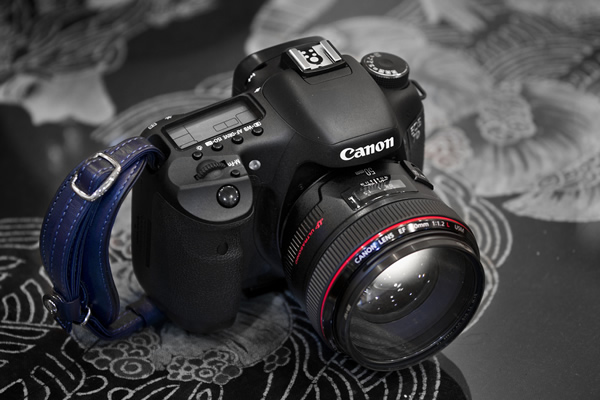The Wonderful 50mm Lens
Back in the days of film photography, many SLR cameras came fitted with a 50mm lens as standard. Documentary and street photographers swore by their 50mm lenses and were usually found walking round with a small Leica attached to theirs. But with the advent of accessible DSLRs, zoom lenses became more popular as they allowed amateurs to cover a wider range of photographic situations.
So now there are a whole generation of photographers who may never have used a fixed (or, as they’re often known, prime) lens. And that’s a real shame. As a pro photographer, I swear by my fixed lenses and, in particular, my 50mm. Here are some of the reasons why:

photo by Andrew Xu
1. The optics
Pound for pound, prime lenses will offer you far better quality than a zoom lens in a similar price bracket. You’d have to spend a considerable amount of money on a zoom lens to achieve the quality of optics that you’ll get in a far cheaper prime lens. This is fairly logical, of course, as a prime lens only has one focal length to cope with, whereas a zoom has to cover a range.
The sharpness on my 50mm lens is the main reason that the lens lives on my camera and is why I default to it time and time again.
2. The price
50mm lenses don’t have to cost the earth. I use Canon DSLRs, and they make three different 50mm lenses – the f1.8, f1.4 and f1.2. And the f1.8 currently retails at about £70 in the UK (around $110 in the US).
In photography terms, that’s peanuts! I use the f1.4 (which is around £350 / $540) and there’s also the top of the range f1.2 (somewhat more expensive at £1150 / $1770). The only downside of the f1.8 is that it’s made of plastic, making it a little flimsy, but optically it’s a fabulous lens!
3. The aperture range
As stated above, even the cheapest 50mm lens will have an incredible aperture range, allowing for an extremely large aperture when wide open. Obviously, a larger aperture has many benefits.
It allows you to use a very small depth of field, to work in lower light conditions without having to resort to a flash or obscenely high ISOs and increases flash range.
4. The feel of the lens
A 50mm lens is a tiny thing! It’s small and light, making it perfect for carrying about all day on a camera. More importantly, it’s extremely unobtrusive, making it ideal for use in all sorts of photography.
A 50mm lens is ideal for candid work, as people won’t notice it being pointed at them. And it’s ideal for nervous subjects as well, as it’s much less daunting than having a whooping great zoom being pointed at them!
5. The ideal lens for all formats
On a full frame camera, the 50mm is what is known as a standard lens (neither wide-angle or telephoto), which makes subjects appear as they do to the naked eye. On a crop frame camera (APS-C), the field of view leaves you with the equivalent of a portrait lens.
And, as this is a prime lens, it will help you achieve pin-sharp portraits and a lovely head and shoulders shot.
6. The lens for every occasion
I can really only think of a few areas where a 50mm lens won’t be suitable (wildlife photography being one of them – unless you have a burning desire to become a lion’s breakfast!). The 50mm can cope with so many different situations – portraits, street photos, candids, cityscapes, group shots, landscapes and social photography to give but a few examples.
And for those who say that you can’t zoom in or out far enough for different shots, may I remind you that we all come equipped with two zooms. They’re called your legs!
So, in conclusion, if you’re going to buy one new piece of photographic equipment in the next few months I urge you to try a 50mm. It will change your photography for the better, I promise! And once you’ve bought you first prime lens, you’ll wonder why you waited so long.
